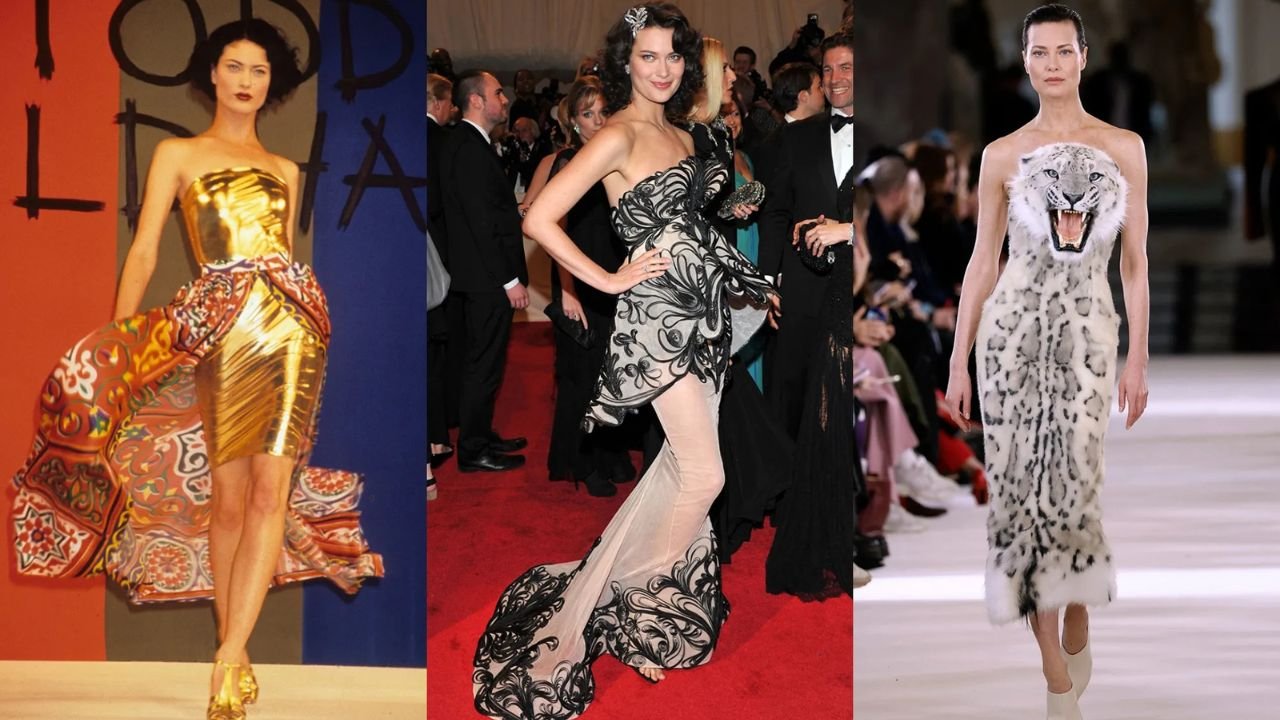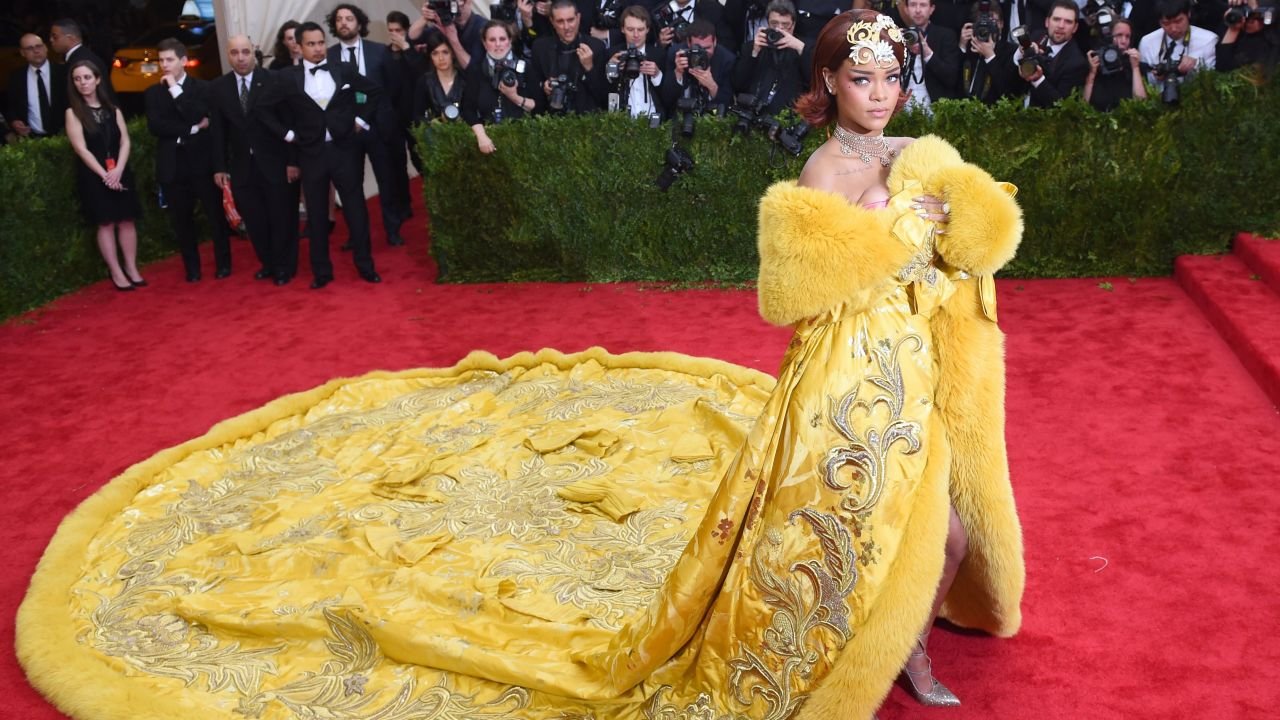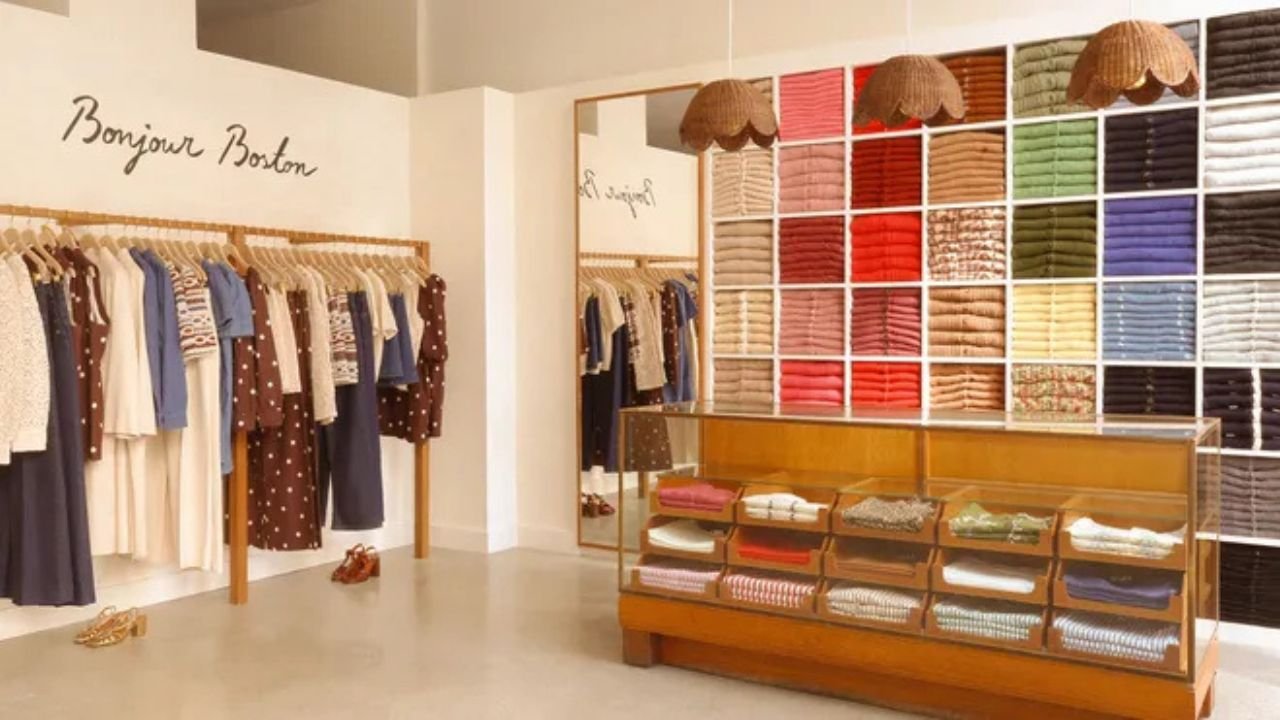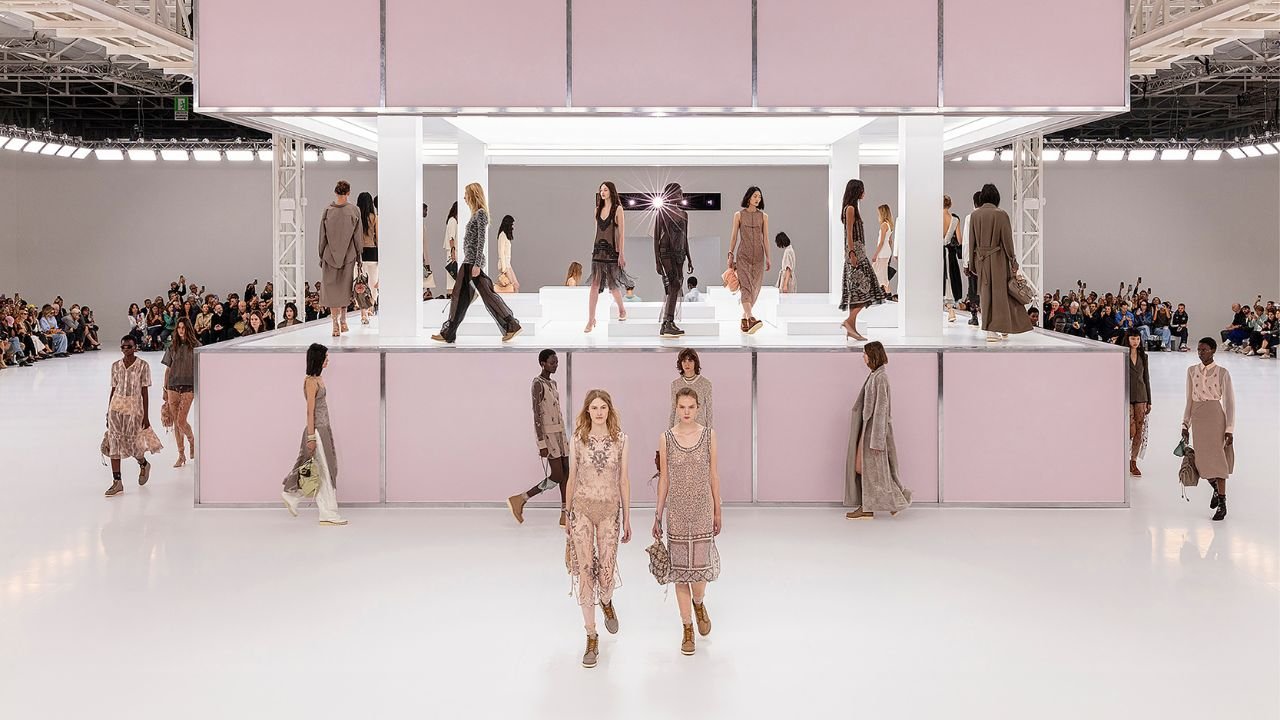Introduction
Harlem, the historic neighborhood in Manhattan, New York City, has long been a symbol of cultural innovation, resilience, and artistic expression. From the Harlem Renaissance of the 1920s to today’s vibrant cultural renaissance, Harlem has been a crucible for Black identity, music, art, and fashion. Among its many cultural contributions, Harlem’s fashion scene stands out as a powerful expression of heritage, creativity, and social commentary.
The Harlem Fashion Show, both as an event and as a cultural phenomenon, encapsulates this spirit. It showcases the unique style, craftsmanship, and cultural pride that have defined Harlem over decades. This article delves into the history, significance, and evolution of Harlem fashion, exploring how it reflects the community’s identity and continues to influence broader fashion trends.
The Roots of Harlem Style
The Harlem Renaissance and Early Fashion
The 1920s marked a pivotal era for Harlem’s cultural identity. The Harlem Renaissance was not only a literary and artistic movement but also a fashion revolution. Black artists, musicians, writers, and community leaders expressed their pride through clothing that celebrated their heritage and defied oppressive stereotypes.
During this period, fashion became a form of resistance and self-expression. Flapper dresses, zoot suits, and headwraps became symbols of liberation and cultural affirmation. Harlem’s nightlife, jazz clubs, and social gatherings fostered vibrant fashion scenes that combined elegance with bold individuality.
Key Figures and Styles
- The Zoot Suit: Popularized by Black and Latino youth, the zoot suit with its high waist, broad lapels, and tapered trousers became a symbol of rebellion and style.
- The Headwrap and Turban: Embraced as expressions of Black pride, spirituality, and cultural roots.
- The Flapper and Jazz Age Fashion: Flapper dresses with fringes, sequins, and beads reflected the exuberance of Harlem nightlife.
Cultural Significance
Fashion during this era was more than aesthetics; it was a statement of identity, resistance to racial stereotypes, and a celebration of Black culture. Harlem’s fashion was intrinsically linked to social movements, music, and art, creating a distinct style that resonates even today.
The Evolution of Harlem Fashion: Post-Industrial Era to Modern Times
1950s-1970s: Civil Rights, Black Power, and Style
In the decades following the Harlem Renaissance, Harlem remained a hub for Black cultural expression amid the backdrop of the Civil Rights Movement.
- Afrocentric Fashion: The 1960s and 1970s saw the rise of Afro hairstyles, dashikis, and African-inspired prints, symbolizing pride in African roots.
- Streetwear and Urban Style: The emergence of baggy pants, sneakers, and baseball caps reflected the urban, street-level fashion that defined Harlem youth culture.
- The Blaxploitation Era: Films like “Shaft” and “Super Fly” popularized bold fashion statements—leather jackets, gold chains, and afros—helping to elevate Black style as a cultural force.
Harlem in the 1980s-1990s: Hip-Hop and Street Style
The rise of hip-hop as a global cultural movement brought Harlem’s style into the spotlight.
- Rap and Streetwear: Baggy jeans, oversized shirts, gold chains, and sneakers became emblematic of Harlem’s youth.
- Fashion Icons: Artists like Big Daddy Kane and LL Cool J popularized the street style that continues to influence fashion.
- Boutique Culture: Local stores like “Dapper Dan’s” became legendary for custom designer streetwear that fused luxury brands with street aesthetics.
Dapper Dan and the Luxury Streetwear Fusion
Dapper Dan, a Harlem-based designer, revolutionized fashion by customizing luxury brands like Gucci and Louis Vuitton into bold, opulent streetwear. His work represented a fusion of high fashion and street culture, elevating Harlem’s style onto the global stage.
The Harlem Fashion Show: A Celebration of Heritage and Innovation
Origins and Significance
The Harlem Fashion Show first emerged as a platform to celebrate Black fashion designers, models, and entrepreneurs. It aimed to showcase Harlem’s unique style, promote Black-owned brands, and foster community pride.
- Founding and Growth: Established in the early 2000s, the show grew from local events to a prominent fashion platform in New York City.
- Cultural Roots: The event underscores Harlem’s legacy of creativity, resilience, and self-expression.
Themes and Features
- Heritage and Innovation: The show often features collections that blend traditional African motifs with contemporary fashion.
- Diversity and Inclusion: Emphasizes representation of Black designers, models, and artisans.
- Community Engagement: Collaborations with local artists, musicians, and cultural institutions.
Notable Designers and Participants
Harlem’s fashion scene boasts a roster of influential designers and brands, including:
- Dapper Dan: The legendary designer known for luxury streetwear.
- Laquan Smith: A Harlem-born haute couture designer making waves on the runway.
- Mizani: A hair care brand rooted in Black beauty.
- Local boutiques and emerging designers: Showcasing innovative ideas and craftsmanship.
Key Elements of Harlem Style
The Fusion of Heritage and Modernity
Harlem fashion is characterized by its ability to blend historical influences with contemporary trends. This fusion creates a style that is both rooted in history and forward-looking.
- African Prints and Textiles: Incorporating kente, Ankara, and mudcloth patterns.
- Afrocentric Accessories: Headwraps, large earrings, and jewelry inspired by African artistry.
- Urban Streetwear: Sneakers, hoodies, and baseball caps that reflect Harlem’s street culture.
- Luxury and Customization: Dapper Dan’s influence showing how high-end fashion meets streetwear.
The Role of Music and Art
Music genres like jazz, hip-hop, and soul have always been intertwined with Harlem’s fashion identity.
- Jazz Age: Flapper dresses, tuxedos, and feathered accessories.
- Hip-Hop: Baggy pants, graphic tees, and bold jewelry.
- Modern Art: Graffiti-inspired prints and avant-garde designs.
Cultural Symbols and Expression
Harlem style often incorporates symbols of Black pride, spirituality, and resilience.
- Colors: Red, black, green—colors associated with Pan-Africanism.
- Motifs: Adinkra symbols, tribal patterns, and Afro hairstyles.
- Message: Clothing as a form of activism and cultural affirmation.
Contemporary Harlem Fashion Scene
The Rise of Black-Owned Fashion Brands
Today, Harlem is home to numerous Black-owned fashion brands that continue the neighborhood’s legacy.
- Brother Vellies: Designers creating sustainable, artisanal footwear inspired by global cultures.
- Pyer Moss: Kerby Jean-Raymond’s innovative label blending fashion, activism, and storytelling.
- Telfar: Known for its unisex designs and the iconic “Bushwick Birkin.”
- Harlem’s Fashion Row: An organization dedicated to promoting Black designers and creatives.
The Role of Social Media and Digital Platforms
Social media has amplified Harlem’s fashion voice, allowing designers and models to showcase their work globally.
- Instagram and TikTok: Platforms for sharing runway shows, behind-the-scenes content, and cultural commentary.
- Fashion Weeks: Harlem-based designers participate in New York Fashion Week and other global events.
- Influencer Culture: Harlem’s style icons influence trends worldwide.
Harlem’s Fashion in Mainstream Culture
Harlem’s aesthetic influences mainstream fashion, from runway collections to streetwear collaborations.
- Luxury Collaborations: Brands like Gucci, Nike, and Puma incorporate Harlem-inspired motifs.
- Celebrity Endorsements: Artists like Beyoncé, Rihanna, and A$AP Rocky celebrate Harlem style.
- Fashion Publications: Vogue, Essence, and Harper’s Bazaar highlight Harlem designers and street style.
Challenges and Opportunities
Preserving Cultural Authenticity
As Harlem’s fashion scene grows, there’s a need to preserve its authentic roots amidst commercialization and gentrification.
- Cultural Appropriation Concerns: Ensuring that traditional symbols are respected and not exploited.
- Supporting Local Artisans: Promoting local designers and craftsmen who uphold traditional techniques.
Economic Empowerment
Fashion offers economic opportunities for Harlem’s residents, but systemic barriers persist.
- Supporting Black Entrepreneurs: Encouraging investment and mentorship.
- Building Infrastructure: Creating spaces for fashion shows, markets, and workshops.
Sustainability and Ethical Fashion
Harlem’s fashion community can lead in sustainable practices by promoting eco-friendly materials and fair labor.
The Future of Harlem Fashion
Harlem’s fashion scene continues to evolve, blending its rich history with innovative designs and global influence. Its future lies in:
- Amplifying Black Voices: Supporting emerging designers and stories.
- Merging Tradition and Innovation: Incorporating technology, sustainability, and cultural storytelling.
- Community-Centered Growth: Ensuring that Harlem’s fashion retains its cultural essence while empowering local residents.
Conclusion
Harlem’s fashion history is a testament to resilience, creativity, and cultural pride. From the rebellious styles of the Harlem Renaissance to today’s high-fashion runways and streetwear collaborations, Harlem continues to define what “real style” means—authentic, expressive, and rooted in community.
The Harlem Fashion Show is more than an event; it’s a celebration of this legacy, a platform for emerging talent, and a reminder of Harlem’s vital role in shaping Black culture and fashion worldwide. As Harlem’s style continues to inspire, it reminds us that fashion is a powerful tool for storytelling, empowerment, and cultural preservation.
Whether you’re a fashion enthusiast, a designer, or simply a lover of cultural expression, Harlem’s style offers lessons in authenticity, resilience, and innovation—an enduring symbol of real style




